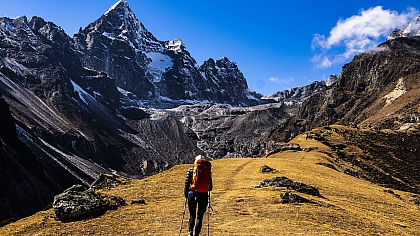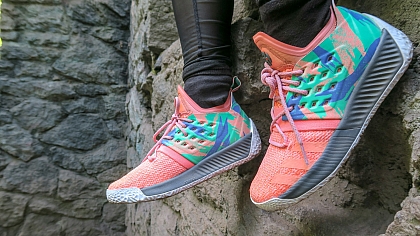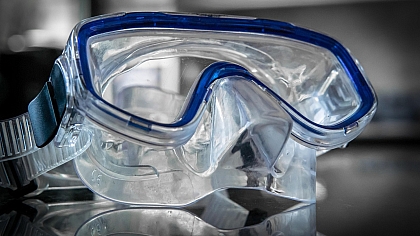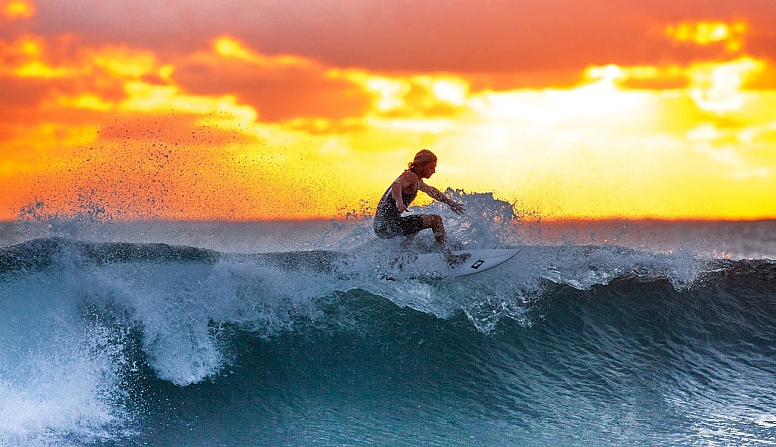
Ocean Fitness: Fun Water Activities & Must-Have Gear
The ocean is a giant playground for fitness lovers. Water workouts are fun and great for your body, whether you love swimming, diving, or just splashing around. Here’s a quick look at what we’ll cover:
- Best ocean fitness activities (swimming, diving, surfing, and more)
- Essential gear for each activity
- Safety tips to enjoy the water without risks
- How to choose the right equipment for your skill level
Now, let’s dive into the details.
Swimming in the Ocean
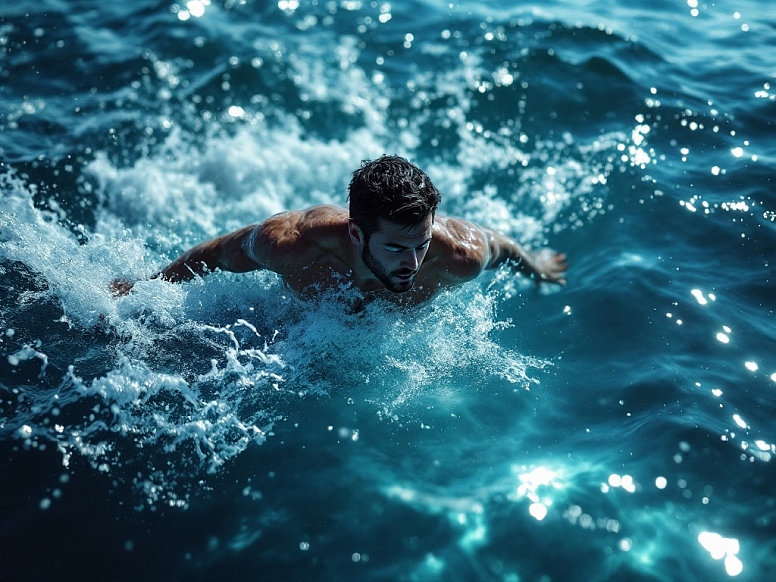
Swimming in the ocean is different from a pool. Waves, currents, and saltwater make it a tougher workout. But it’s also more exciting.
What you need:
- Swimsuit – A snug, durable one that won’t drag in the water.
- Goggles – Saltwater can sting your eyes. Anti-fog goggles help.
- Swim cap – Keeps hair out of your face and reduces drag.
- Kickboard or fins – Good for training if you’re a beginner.
Pro tip: Always check the tides before swimming. Rip currents can be dangerous. Swim near a lifeguard if possible.
Scuba Diving
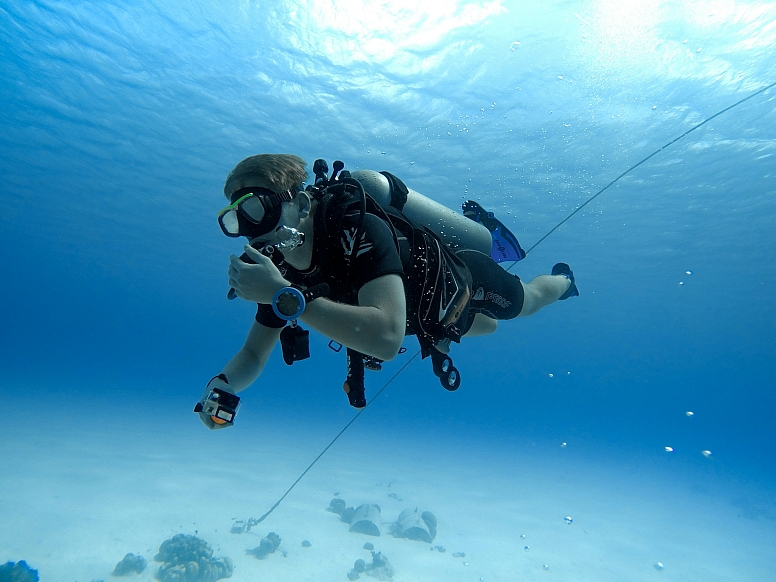
Scuba diving lets you explore underwater worlds. It’s a full-body workout that builds strength and endurance.
Essential gear:
- Dive mask & snorkel – Helps you see clearly and breathe at the surface.
- Wetsuit – Keeps you warm in cold water. Thickness depends on temperature.
- BCD (Buoyancy Control Device) – Helps you float or sink as needed.
- Regulator & tank – Supplies air underwater. Never dive without proper training.
Why a Properly Fitted Wetsuit Matters
A loose wetsuit allows water to flush in and out, making it harder to stay warm. Even in tropical waters, prolonged exposure can lead to muscle fatigue and discomfort. A snug fit traps a thin layer of water, which your body heats, acting as insulation. Many beginners make the mistake of choosing a wetsuit that’s too big, thinking it will be more comfortable—but warmth and mobility are far more important.
Surfing
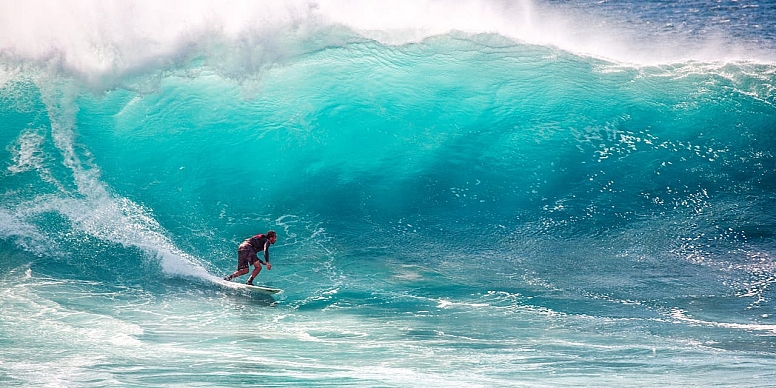
Surfing is a mix of balance, strength, and timing. Paddling out works your arms and shoulders, while standing up engages your core.
Must-have gear:
- Surfboard – Beginners should start with a longboard for stability.
- Leash – Keeps your board from drifting away if you fall.
- Rash guard – Protects your skin from sun and board rash.
- Wax – Gives your feet grip so you don’t slip.
Pro tip: Practice popping up on land first. It makes catching waves easier.
Snorkeling
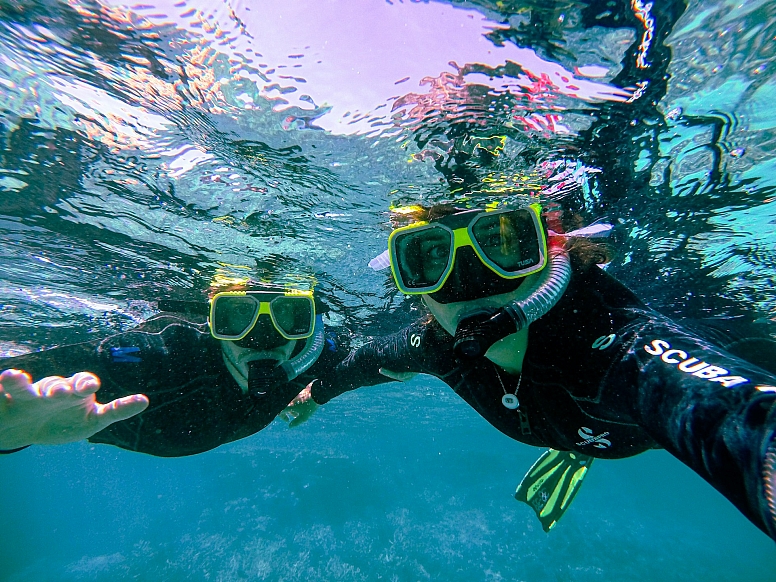
Snorkeling is like scuba diving’s easy cousin. You float on the surface and look down at the fish. Great for beginners.
What you need:
- Snorkel mask – A full-face mask can be easier for new snorkelers.
- Fins – Help you move faster with less effort.
- Float vest – Extra safety if you’re not a strong swimmer.
Kayaking and Paddleboarding
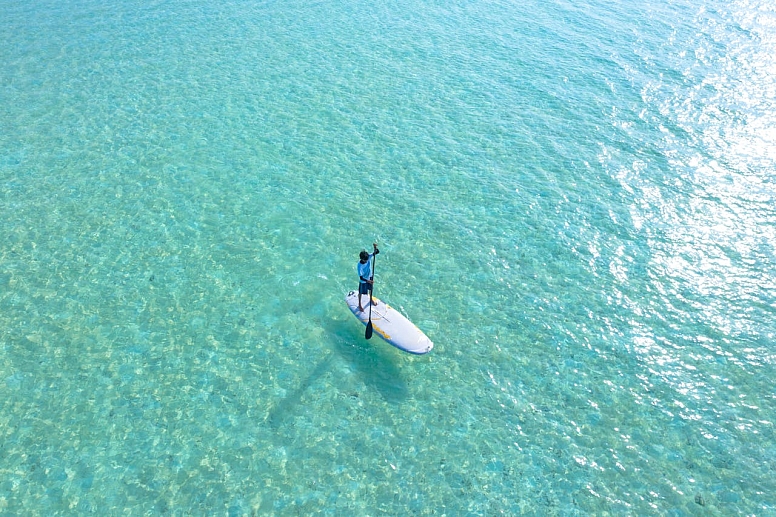
If you prefer staying above water, kayaking and paddleboarding are great choices. Both work your arms, shoulders, and core.
Gear checklist:
- Kayak or paddleboard – Inflatable ones are easy to transport.
- Paddle – Adjustable paddles are best for different users.
- Life jacket – Always wear one, even if you’re a good swimmer.
Safety First: Ocean Fitness Tips
The ocean is fun but unpredictable. Follow these rules:
- Never swim alone – Always have a buddy.
- Check weather and tides – Avoid rough conditions.
- Stay hydrated – Saltwater and sun can dehydrate you fast.
- Know your limits – Don’t push too hard, especially in deep water.
How Ocean Fitness Benefits Your Health
Working out in the ocean isn’t just fun—it’s great for your body. Saltwater is naturally buoyant, which means your joints don’t take as much impact as they would on land. This makes ocean workouts ideal for people with arthritis or injuries. Swimming and paddling also engage more muscles than gym machines because water provides constant resistance in all directions. Plus, the rhythmic sound of waves can lower stress, making ocean fitness a mental health boost too.
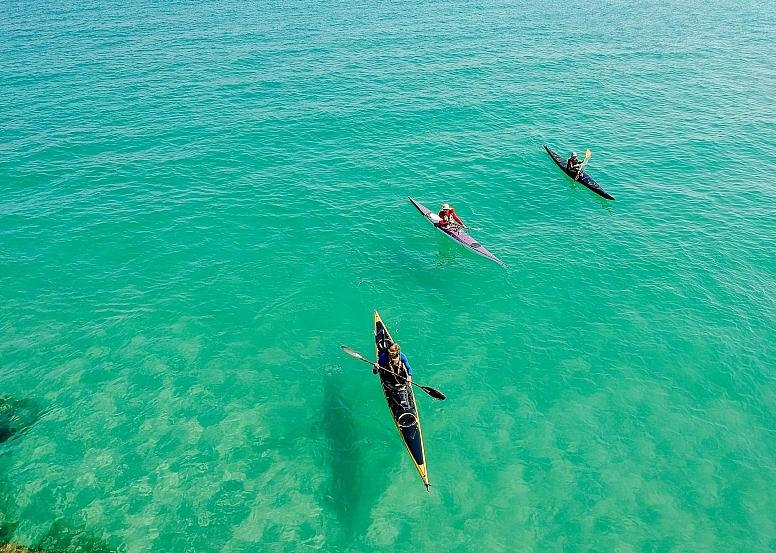
Choosing the Right Gear for Your Budget
Good equipment doesn’t have to break the bank. If you’re new to an activity, consider renting gear first to see if you enjoy it before investing. For example:
- Snorkel sets can cost as little as $30 for a decent beginner kit.
- Used surfboards or kayaks are often available at local shops or online marketplaces.
- Renting scuba gear is smart for occasional divers, while frequent divers should invest in their own regulator and mask for hygiene and fit.
Always prioritize safety gear—never skip a life jacket or dive computer to save money.
Environmental Considerations
The ocean is our playground, but we must protect it. Here’s how to enjoy water sports responsibly:
- Use reef-safe sunscreen to avoid harming marine life.
- Avoid touching coral or wildlife—even a gentle brush can damage ecosystems.
- Pick up trash you see in the water or on the beach.
Many dive shops and surf schools organize clean-up events—joining one is a great way to give back.
When to Upgrade Your Gear
As you improve, better equipment can enhance performance. Signs it’s time to upgrade:
- Surfing: You’re consistently catching waves and want a shorter, more responsive board.
- Diving: You’re planning deeper dives and need a computer with advanced features.
- Kayaking: You’re tackling rougher water and need a more durable, lightweight kayak.
Ask experienced friends or instructors for recommendations—they’ll know the best brands for your needs.
What’s Your Next Ocean Adventure?
Now that you know the best ocean fitness activities and gear, it’s time to pick one and get started. Whether it’s diving with fish, riding waves, or just floating with a snorkel, the ocean has something for everyone.
Frequently Asked Questions
Q: Can I swim in the ocean if I’m not a strong swimmer?
A: Yes, but stay in shallow water and wear a life jacket for safety.
Q: Do I need lessons before scuba diving?
A: Absolutely. Always get certified before diving—it’s not safe to try without training.
Q: What’s the best ocean activity for beginners?
A: Snorkeling or paddleboarding. Both are easy to learn and don’t need much gear.
Q: How do I clean saltwater off my gear?
A: Rinse everything with fresh water after use to prevent rust and damage.
Q: Can kids try these activities?
A: Yes! Many kids love snorkeling and paddleboarding. Just make sure they have proper safety gear.



